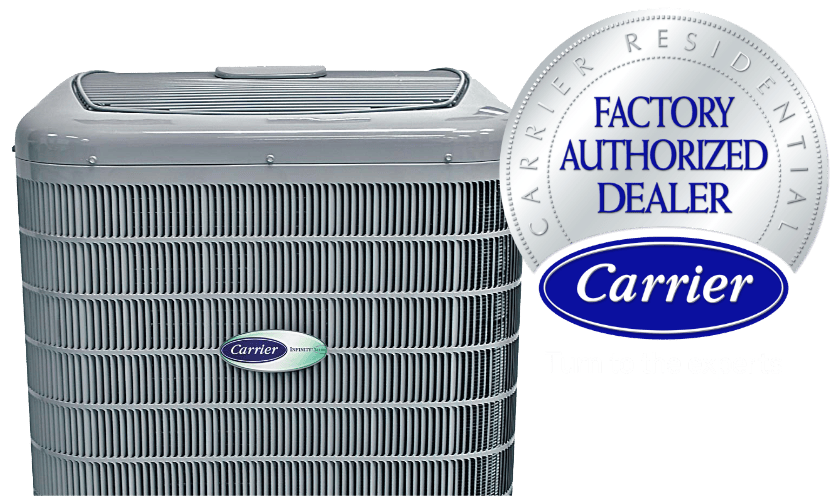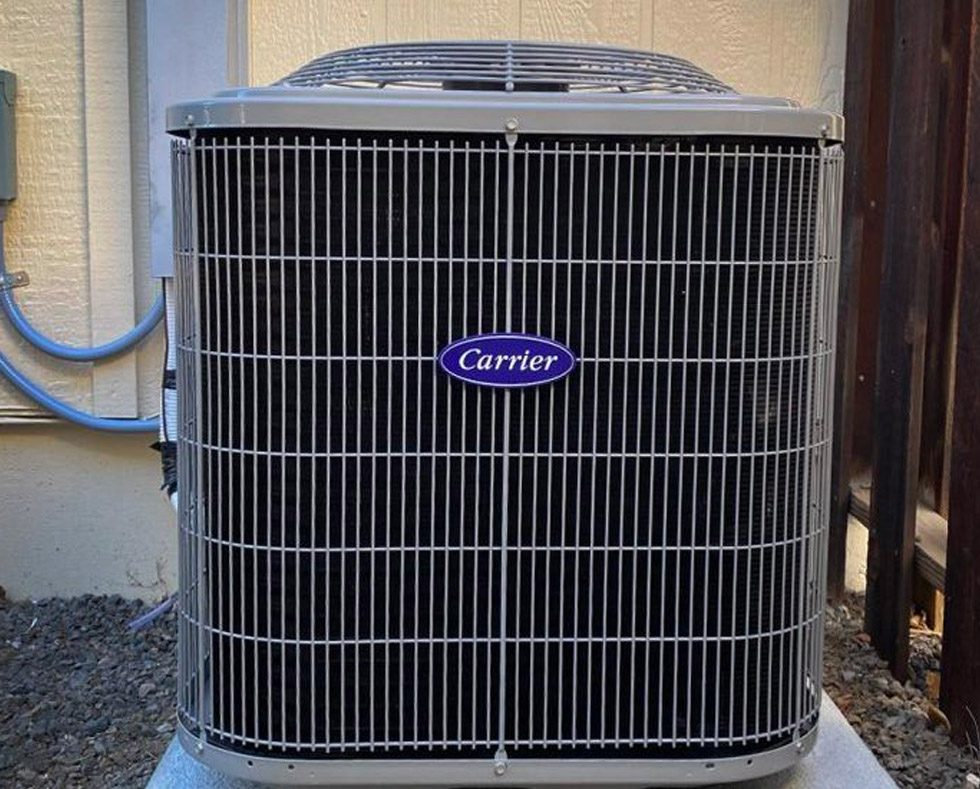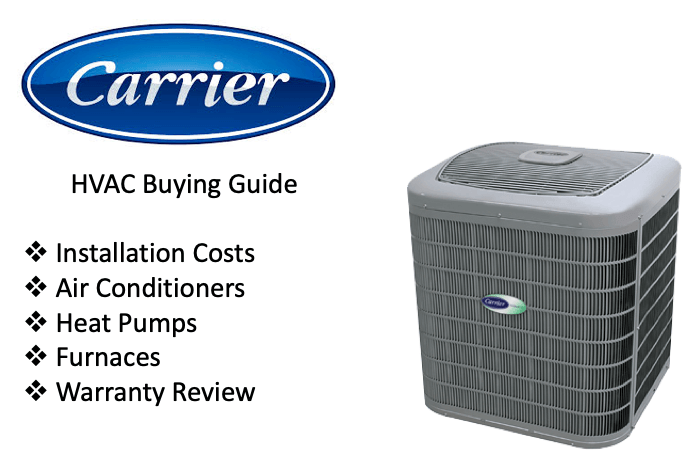Carrier Air Conditioner Palos Heights Il

Welcome, Palos Heights homeowners! Is your Carrier air conditioner blowing warm air when it should be cold, or perhaps not turning on at all? Don't sweat it (literally!). This guide will walk you through some common issues and provide a step-by-step approach to diagnosing and potentially fixing the problem yourself. We'll focus on things you can safely check, and when it's time to call in a professional.
One of the most frequent complaints we hear in Palos Heights is that the AC is running, but the house isn't getting cool enough. Let's tackle that first.
Diagnosing "AC Running but Not Cooling"
Before you panic, let's break down the troubleshooting process. We'll start with the simplest checks and move towards more involved ones.
Step 1: The Obvious – Thermostat Check
This might seem silly, but it's the most common mistake. Make sure your thermostat is set to COOL and that the temperature is set lower than the current room temperature. Double-check that it's not in "Fan Only" mode, which simply circulates air without cooling.
DIY Action: Adjust the thermostat setting and wait 15-20 minutes to see if the AC unit kicks on and starts blowing cold air. If the thermostat runs on batteries, try changing them.
Step 2: Air Filter Inspection
A clogged air filter is a major culprit for poor AC performance. A dirty filter restricts airflow, causing the system to work harder and less efficiently. This can lead to reduced cooling and even damage to the compressor over time.
DIY Action: Without tools, locate your air filter. This is usually in the indoor unit (furnace or air handler). Remove the filter and hold it up to the light. If you can barely see through it, it's time to replace it. Replace it with a new filter of the correct size and type. Consider replacing it with a filter that better suits your needs.
Step 3: Outdoor Unit Inspection (The Condenser)
Head outside to your condenser unit (the big metal box). Make sure it's not obstructed by plants, debris, or anything else. Proper airflow around the unit is crucial for heat dissipation.
DIY Action: Without tools, clear away any visible obstructions within 2-3 feet of the unit. This includes trimming bushes, removing leaves, and ensuring no objects are leaning against it. Check that all the fan blades are intact and not broken.
Step 4: Check the Circuit Breaker
Sometimes, a tripped circuit breaker can cut power to the AC unit. Locate your electrical panel and check the breaker labeled "AC," "Condenser," or something similar. If it's tripped (usually in the middle position), flip it all the way to the "Off" position and then back to the "On" position.
DIY Action: Without tools, reset the circuit breaker. If the breaker trips again immediately, there's likely a more serious electrical problem, and you should call a qualified electrician or HVAC technician. Do not repeatedly reset the breaker as this can be dangerous.
Step 5: Condenser Fan Operation
While the AC is running, the fan on the outdoor unit should be spinning. This fan helps dissipate heat. If the fan isn't running, the system won't cool effectively.
DIY Action: Observe the condenser fan while the AC is running. If it's not spinning, carefully (and with the power OFF!), try to gently nudge the fan blade with a stick or long object. If it starts spinning after a nudge, the motor might be failing, and you need a professional. Do not put your hands inside the unit while the power is on!
If the fan doesn't start even after a gentle nudge, DO NOT attempt to fix it yourself. This requires specialized knowledge and tools, and you could risk electric shock or damage to the unit. Call a qualified HVAC technician.
Step 6: Refrigerant Lines Inspection
The refrigerant lines are the copper pipes running between the indoor and outdoor units. Check for signs of leaks, such as oil stains or ice buildup on the lines. Also, notice if there is condensation. Excessive condensation could be caused by a clogged drain line.
DIY Action: Without tools, visually inspect the refrigerant lines. Look for obvious signs of damage or leaks. If you see anything suspicious, DO NOT attempt to repair it yourself. Refrigerant handling requires specialized equipment and certification.
Warning: Refrigerant is a hazardous substance. Do not touch or attempt to handle it. Call a qualified HVAC technician to address any refrigerant leaks.
Step 7: Check the Condensate Drain Line
Your AC unit produces condensation, which is drained away through a PVC pipe. If this drain line becomes clogged, water can back up and shut down the system or reduce its cooling capacity. Look to see if water is dripping from the AC unit.
DIY Action: Locate the condensate drain line (usually a PVC pipe near the indoor unit). Check the end of the pipe for any clogs. You can use a wet/dry vacuum to try to suck out any debris. Alternatively, you can try carefully pouring a cup of vinegar down the drain line to dissolve any buildup. Ensure any safety precautions are taken.
Tools Needed (and When to Use Them Cautiously)
While many of the initial checks can be done without tools, some require basic equipment. However, always prioritize safety.
- Screwdriver: Needed to access the air filter compartment and potentially open access panels on the unit (use with extreme caution).
- Wet/Dry Vacuum: Useful for clearing clogged condensate drain lines.
- Multimeter: Only for experienced users! Can be used to check for voltage at the condenser unit. This is potentially dangerous and should only be done by someone who is comfortable working with electricity. Disconnect power before any work.
- Fin Comb: A specialized tool for straightening bent fins on the outdoor unit. These fins help dissipate heat.
When to Call a Professional
Here's a list of situations where you should immediately contact a qualified HVAC technician in Palos Heights. Don't risk your safety or potentially cause further damage to your unit:
- Refrigerant Leaks: As mentioned earlier, refrigerant handling requires specialized equipment and certification.
- Electrical Issues: If the circuit breaker keeps tripping, or if you suspect any electrical problems within the unit, leave it to the professionals.
- Compressor Problems: The compressor is the heart of the AC system. If you suspect compressor failure (e.g., loud noises, no cooling), it's a major repair that requires professional expertise.
- Condenser Fan Motor Failure: Replacing the fan motor involves electrical work and requires specialized knowledge.
- Frozen Evaporator Coil: If you see ice buildup on the indoor unit's evaporator coil, it could indicate a refrigerant issue or airflow problem that needs professional attention.
- You've Tried Everything Else: If you've gone through all the DIY steps and your AC is still not working properly, it's time to call in the experts.
Remember, even if you're comfortable with DIY repairs, working on an HVAC system can be dangerous if you're not properly trained. Always prioritize safety and when in doubt, call a qualified HVAC technician.
Preventative Maintenance for Your Carrier AC
The best way to avoid AC problems is to perform regular preventative maintenance. Here are a few tips:
- Change Air Filters Regularly: At least every 1-3 months, or more frequently if you have pets or allergies.
- Schedule Annual Maintenance: A professional tune-up can catch small problems before they become big ones. This typically includes cleaning the coils, checking refrigerant levels, and inspecting all components.
- Keep the Outdoor Unit Clean: Clear away debris and vegetation regularly.
- Consider a Programmable Thermostat: This can help you save energy and reduce wear and tear on your AC system.
By following these troubleshooting steps and preventative maintenance tips, you can keep your Carrier air conditioner running smoothly and efficiently, keeping your Palos Heights home cool and comfortable all summer long. Good luck!










